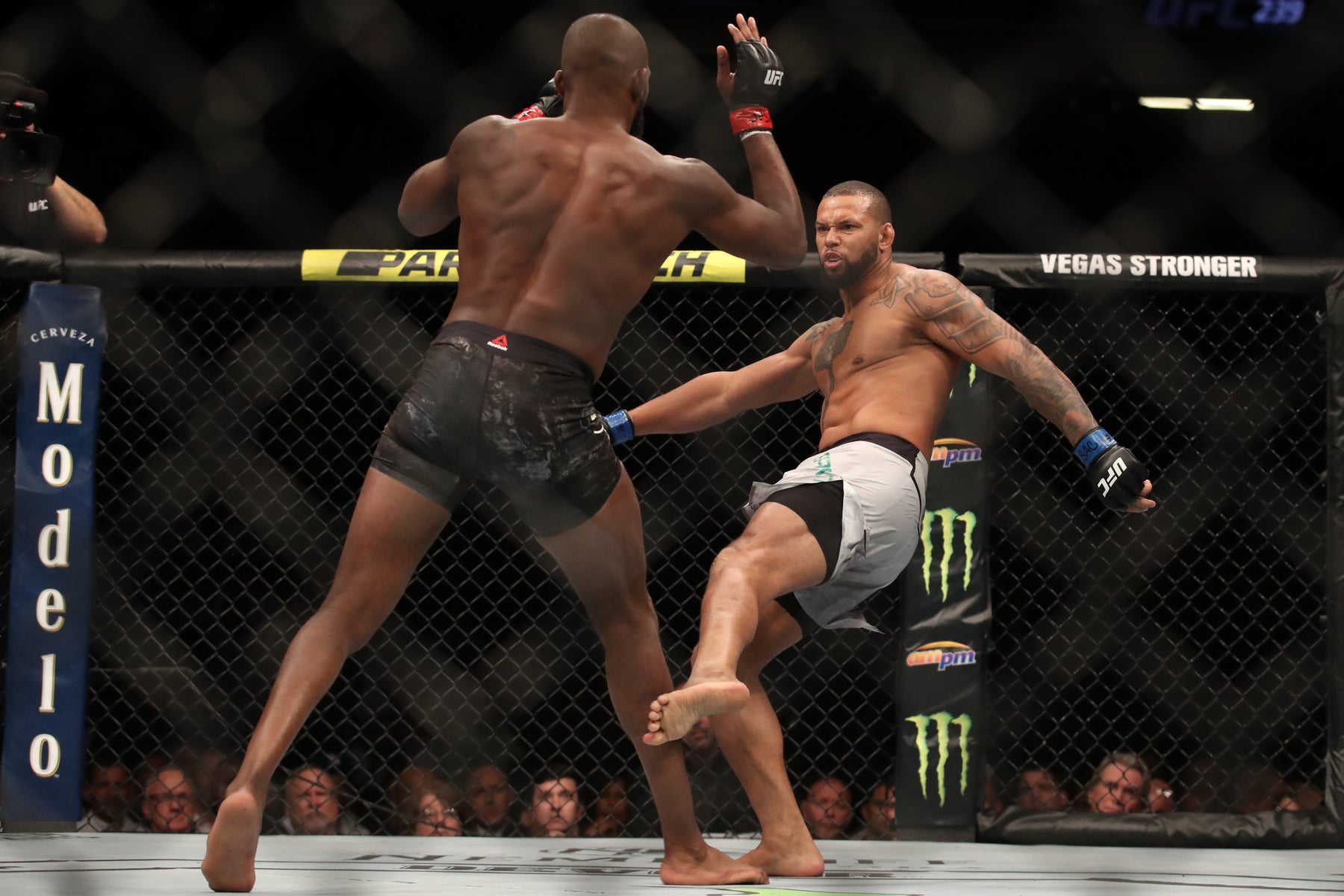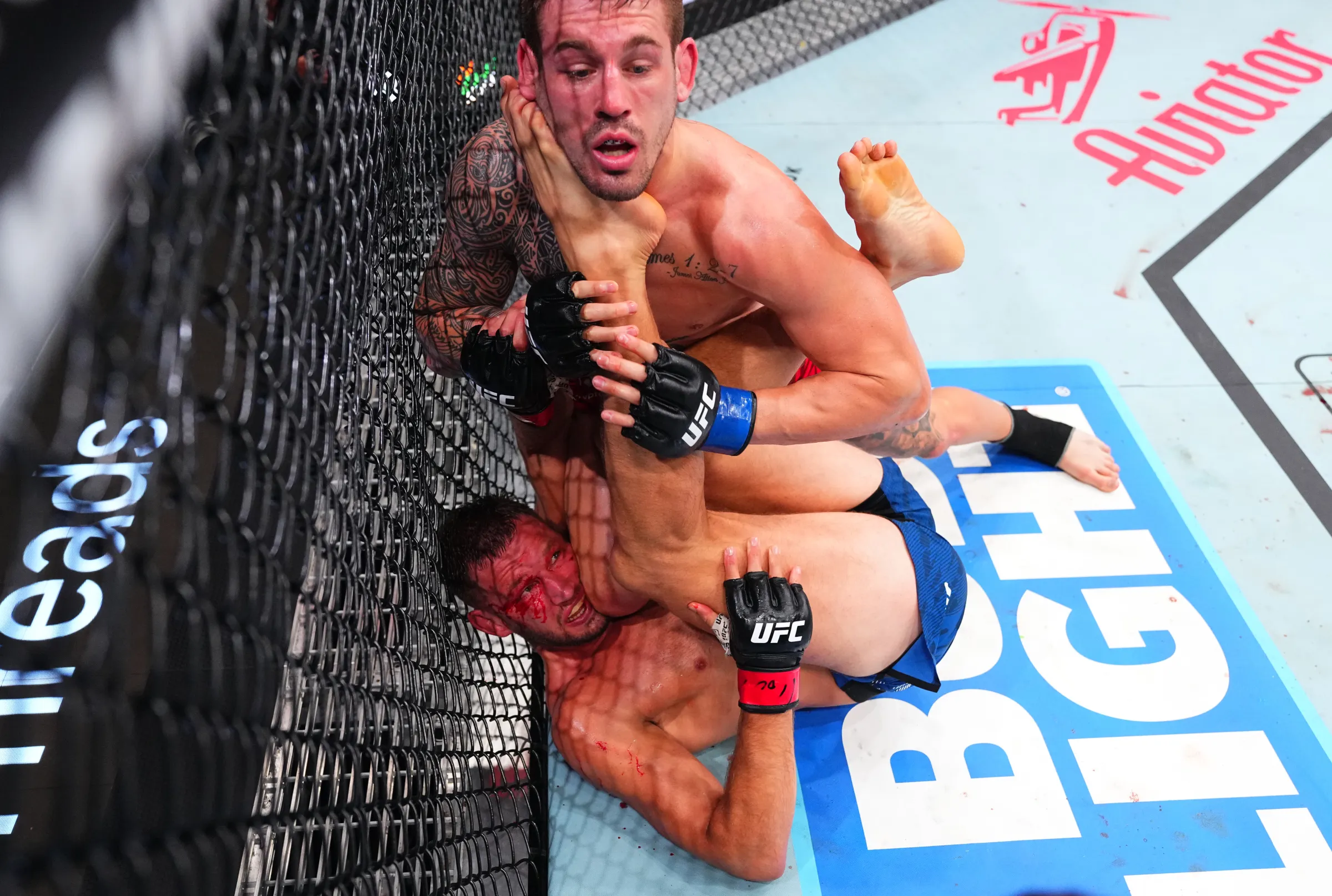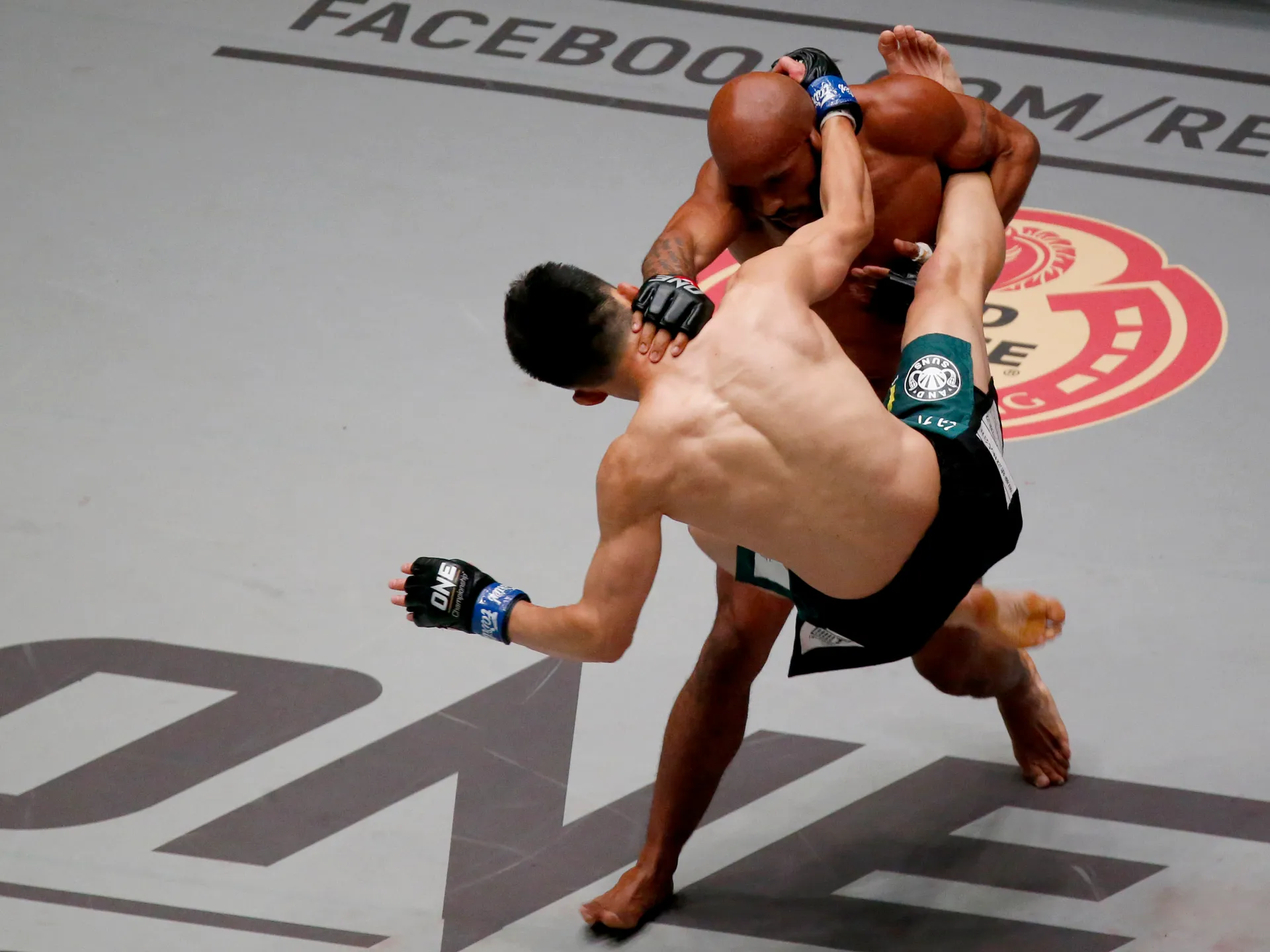Calf kick in MMA: why it works, best setups, and real counters
What is a calf kick — and why it matters now
A “calf kick” is a low round kick that targets the lower leg — typically the lateral calf and peroneal nerve area just below the knee. Unlike traditional low kicks to the thigh, calf kicks can compromise a fighter’s base with less wind-up, less risk of being caught, and earlier payoff on movement. The effect compounds rapidly: within a minute or two, stance changes, footwork breaks, and defensive habits become predictable, opening lanes for bigger shots or takedowns.
- Fast return on investment: Even two or three clean kicks can force a stance switch.
- Harder to check well: The angle and distance punish lazy “turn-outs.” Poor checks often expose the shin-to-foot area instead of the dense upper tibia.
- Systemic payoff: Once the lead leg is compromised, head movement and counters degrade because the stance can’t support sharp weight transfers.
Mechanics 101: how to throw a damaging calf kick
- Set the line: Use a jab, feint, or hand-fight to freeze the opponent’s lead hand and shoulder. The goal is to control their vision and make them late on the check.
- Step outside: Angle your step to land across the calf, not into the shin. For orthodox vs orthodox, step slightly left; for southpaw vs orthodox, step to the open side.
- Hip whip, short arc: Rotate the hip and snap the kick with a smaller arc than a thigh kick. The shin should bite into the outer third of the lower leg.
- Return on the half-beat: Bring the leg back quickly to stance or step forward into a frame. Don’t leave the leg hanging; wrestlers will scoop it.
Coaching cue: Think “stab and exit” rather than a long, swinging baseball bat. The target is smaller, the timing window tighter, and the punishment for telegraphing is higher.
Best setups the pros actually use
1) Jab-to-calf on the same beat
The jab lands or at least occupies the eyes; the kick follows before the opponent resets their weight. This is the highest percentage entry at every level because it punishes basic boxing reactions (parry, slip inside) that square the stance.
2) Inside-hand frame to angle
Post your lead hand briefly on the opponent’s shoulder or biceps to control the clinch entry, then pivot to the outside and fire the kick across their calf as they resist. This merges striking with clinch wrestling and is common against pressure fighters.
3) Counter to the retreat (check hook → calf)
When an opponent exits straight back, step with them. A short check hook freezes the line; the kick snipes the leg as their weight floats on the lead foot. Great for southpaw vs orthodox because the open side is exposed during exit.
4) Kick after the right hand
Classic “punch low kick” rhythm, but drop the kick lower. The right hand pins the guard high and inside; the leg is blind. Just be disciplined with the recovery because wrestling counters come when you over-rotate after the punch.
5) From stance switches
Switch to match stances, step outside, and fire the calf kick while the opponent recalculates their check-side. Dynamic switch hitters make this look effortless because the opponent misreads which shin is live.
Follow-ups when the calf kick lands
- Leg buckles → blitz: If the leg wobbles, crash with a 2–3–2 or 3–2–3 sequence into the open side. The opponent cannot plant to counter.
- Stance switch → body kick: Once they switch to protect the lead leg, their ribs on the new open side are available. Fake another calf kick and high-kick or body-kick the new line.
- Spin the turn: A damaged leg kills lateral escape. Use a collar tie to steer and knee the body or head, especially in a cage corner.
- Wrestling conversion: Time the next kick as a level-change feint; when they brace for impact, shoot to the far hip for a double or run the pipe on a single as their base collapses.
How to defend the calf kick — checks and real counters
1) The proper check (knee turn-out + lift)
Don’t just rotate the foot; lift the checking leg and aim the upper shin toward the incoming kick. You want bone-on-bone at a safer, denser part of the tibia. Rotate the hips so the outside of your shin intercepts their lower shin/foot. Done correctly, the attacker feels it — and may stop kicking.
2) Step-back counter cross
As the kick starts, pull the lead foot back a small step to remove the target and sling a cross down the pipe. Calf kicks often come with hands down; a well-timed cross forces the kicker to reconsider volume.
3) Catch to run-the-pipe
When kicks are naked and close, scoop under the calf with your rear hand, elevate, and step across to turn the corner for a single-leg finish. Keep your head on the inside to avoid knees during the lift.
4) Inside low kick interrupt
Meeting kick with kick is underrated. A short inside low kick off your lead leg can jam the hip of an outside calf kicker as they load. Think jab-but-with-legs: fast, non-telegraphed, and rhythm-breaking.
5) Southpaw answer: outside foot, inside hands
Against opposite stances, win outside foot position to reduce the angle. Hand-fight their lead hand, and fire straight lefts on their trigger — few calf kickers will trade if they’re eating clean counters.
Common mistakes to avoid
- Naked volume: Throwing multiple calf kicks without feints or hands invites counters and takedowns.
- Lazy checks: Only turning the toes out slams the kick into the sensitive lower shin or foot — a fast route to injuries.
- Ignoring the wrestle: If the opponent is a good level-changer, kick sparingly in the center and get to the fence only with frames ready.
- Overcorrecting stance: Switching constantly to protect the leg can wreck your own offense if you can’t strike fluidly from both sides.
Training blueprints: drills that transfer
Pad and partner sequences
- Feint–jab–calf–exit: Feint the level, jab, calf kick, half-step out, re-center. Focus on tempo: 1–2–kick–and recover.
- Check–counter cross: Partner calls “kick,” you lift and turn out, land on the cross beat. Add a left hook if they’re southpaw.
- Catch–single–run-the-pipe: Pad holder throws a light kick; defender catches and finishes to a mat return against the wall mat.
Conditioning & durability
- Shin conditioning: Controlled bag work at varied heights (thigh → calf) with strict recovery to stance.
- Stability circuits: Balance pads and single-leg RDLs mimic the destabilization from kicks, improving recovery mid-fight.
Tactical case studies (what to look for on fight night)
- Pressure boxer vs kicker: The boxer wants to jam range and make kicks half-land. The kicker wins by feinting hands, angling outside, and investing early so rounds two and three break open.
- Southpaw sniper vs orthodox switch-hitter: The sniper lands left hands when calf kicks are naked; the switch-hitter confuses check-sides and attacks the new open body line after stance switches.
- Wrestler-puncher vs traditional Muay Thai: The wrestler will catch naked kicks and run the pipe; the Thai stylist builds frames and teeps first, then kicks after the hands.
FAQ: calf kick in MMA
Is the calf kick legal under the Unified Rules?
Why is it harder to check than a thigh kick?
The target is lower and arrives on a shorter arc, so late “turn-outs” expose soft tissue or the kicker’s foot hits your lower shin. Correct checking requires lifting and turning the knee outward with the upper shin presented.
Can calf kicks cause nerve damage?
Strikes to the peroneal nerve area can create temporary numbness or “dead leg.” Severe injury is rarer but possible. Smart game-planning limits risk by varying targets and not overkicking into checks.
What’s the best counter for wrestlers?
Catch the kick when naked and transition immediately into a single-leg, running the pipe before the kicker retracts. The window is small; drill it.
Should I switch stance after eating calf kicks?
Only if you can fight effectively from the other side. Switching without offense invites pressure and makes the new open-side body kick available.
MMAailm.ee is a premier MMA blog committed to delivering comprehensive analysis, up-to-the-minute news, and exclusive insights into the global landscape of mixed martial arts. Catering to passionate MMA enthusiasts worldwide, MMAailm.ee covers everything from fight night breakdowns and athlete performances to technical evolutions and behind-the-scenes narratives. Our mission is to bridge the gap between fans and the ever-evolving world of MMA through timely information and engaging content.
Latest articles
-

UFC 321 preview (Oct 25, 2025): Aspinall vs Gane in Abu Dhabi — full card, start times, how to watch, and keys to victory
-

Calf kick in MMA: why it works, best setups, and real counters
-

UFC Fight Night De Ridder vs Brendan Allen results: Allen wins after R4 corner stoppage in Vancouver
-

Unified Rules vs ONE vs PFL rules: what’s legal, how scoring works, and why it changes fight strategy
-

UFC belts explained: what champions keep, how the Legacy Belt works, and the BMF title
-

How many rounds in UFC? A complete guide to rounds, time limits, breaks, and special cases
